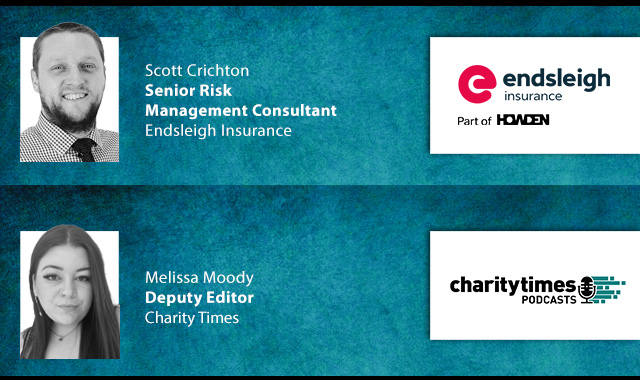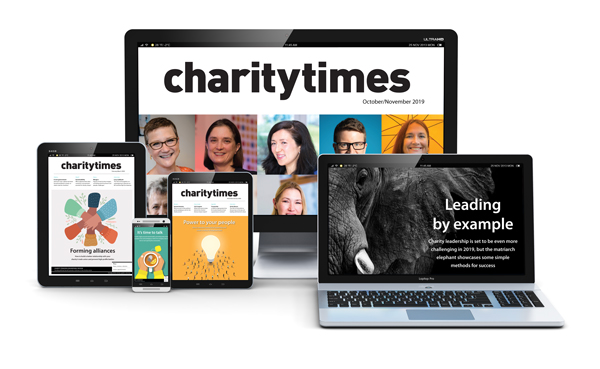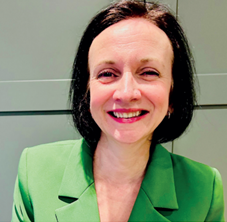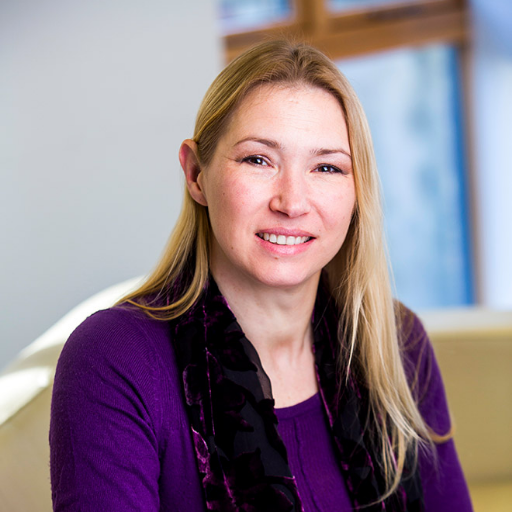I can’t remember any other time when the environment we’re all working in was this volatile.
What’s the key to survival? Those who know me will know that I’m passionate about looking at leadership and governance through the lens of risk and opportunity. My interest in this topic piqued more than a decade ago when CFG was going through some transformational changes.
At the time, I was looking to make sense of the shifting landscape and hit upon a risk framework by Robert Kaplan and Annette Mikes. It immediately set in motion a determination to learn and share more. Along the way I have encountered kindred souls, like Nigel Kippax and Sabrina Segal who share my excitement about new ways to approach risk management.
Together with Nigel, we adapted the framework for the charitable sector and named it RiskPlus. This was set out for the first time last year in my book, ‘It’s a Nightmare with the Numbers’, published by DSC. It’s been quite a journey and not everyone welcomes the disruption to the existing systems and tools. Some of my recent presentations have led to strong reactions and push-back. That’s more than okay – it helps us to reflect, refine and improve! However, the positive feedback significantly outweighs the bad and there is a real head of steam building from those who agree the current system is broken and needs fixing.
CFG is delighted to be working closely with Sabrina on The Risk Collaborative (TRC). It provides space to share a variety of risk models and approaches that are more appropriate for a charity operating environment. We want to unlock the impact because we want to make a change.
Why has this new framework for risk proven controversial for some? My sense is that it’s because it asks us to question established ways of doing things. We deploy and rely on mechanisms believing that they are keeping us from harm. And if they don’t stop the worst from happening, at least we won’t be criticised because we were observing ‘best practice’. However, I would suggest that such established tools can lead us to overlook the impact of people, believe process equals safety, and lead us away from great decision making.
Many cite risk appetite statements as a critical tool. I am dubious. Rather, I would assert that we need a meaningful way to understand and navigate the risk appetites of the individuals involved in a decision.
Our approach challenges us to put richer conversations – and ultimately people – at the heart of decision-making. To some, that can sound like we’re advocating for the burning of risk registers and binning of heat maps. That can sound like a scary proposition.
We don’t want to throw the baby out with the bathwater - if it’s truly working from top to bottom in your organisation then stick with what works. But we argue that these tools are frequently being treated as a type of ‘risk theater’. They can all too often lure us into a false sense of security – if the register is full then risk is being managed! Not only can that lead to a skewed picture of risk, but it can get in the way of spotting opportunities and increasing impact.
The clue is in the framework’s name – RiskPlus. When done right, the framework gives us a way to turn a risk on its head to tease out something positive. The model doesn’t take away traditional approaches to risk management, but adds a new dimension. I can vouch that it has worked for CFG.
As I’ve often said – risk is just life. And life is tough. For me, there’s never been a more important time to connect more meaningfully and think more creatively. Risk is a two-sided coin: threats and opportunities. Applying the lens of opportunity, along with the natural tendency to focus on threats, allows us to do that – so long as we’re open to new conversations, ideas and approaches
Latest News
-
More than one in four charity workers fear losing their job this year
-
Charity's founding leader to move on after 28 years
-
‘Worrying trend’ of charity CEOs quitting amid burnout fears
-
Suneet Sharma: Embedding governance as a strategic enabler
-
Global disability charity closes UK office citing ‘financial pressures’
-
Q&A: Why a proactive approach to organisational health checks is key in the third sector
Charity Times video Q&A: In conversation with Hilda Hayo, CEO of Dementia UK
Charity Times editor, Lauren Weymouth, is joined by Dementia UK CEO, Hilda Hayo to discuss why the charity receives such high workplace satisfaction results, what a positive working culture looks like and the importance of lived experience among staff. The pair talk about challenges facing the charity, the impact felt by the pandemic and how it's striving to overcome obstacles and continue to be a highly impactful organisation for anybody affected by dementia.
Charity Times Awards 2023
Mitigating risk and reducing claims

The cost-of-living crisis is impacting charities in a number of ways, including the risks they take. Endsleigh Insurance’s* senior risk management consultant Scott Crichton joins Charity Times to discuss the ramifications of prioritising certain types of risk over others, the financial implications risk can have if not managed properly, and tips for charities to help manage those risks.
* Coming soon… Howden, the new name for Endsleigh.
* Coming soon… Howden, the new name for Endsleigh.
Better Society

© 2021 Perspective Publishing Privacy & Cookies



.jpg)







Recent Stories